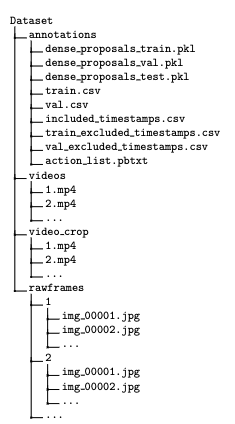虽然SDK里面自带的TableViewCell功能已经算强大了,但是很多时候,我们还是需要自定义的Cell来满足我们自己的需求。最近研究了下如何用Swift实现自定义的TableViewCell,记录一下吧。
1.
点击左下角的加号,添加新的类
XCode6.3 做了一些小改动,整合了一下,点击File,然后进行下一步:
2.
这里可以给你自己的TableViewCell修改名字,记得把"Also create XIB file"前面的复选框选中
3.
设计你自己想要的XIB样式。AutoLayout很强大,多用一用就慢慢熟练了,可以省去很多代码量。
StationTableViewCell.swift文件基本不需要做大的变动
下面进行关键的步骤,在TableView中添加进刚才我们自定义的TableViewCell
4.
StoryBoard中我们设置好承载TableView的ViewController(ProjectDetail...Controller.swift)的各项属性
注意这里把tableview的style设置为Grouped,这样会在顶部出现一段空白,不过别担心,在接下来的代码里面我们会解决这个问题。
5.
ViewDidLoad:
override func viewDidLoad() {
super.viewDidLoad()
// Do any additional setup after loading the view.
let appdelegate = UIApplication.sharedApplication().delegate as! AppDelegate
appdelegate.projectDetail = self
self.tableView.delegate = self
self.tableView.dataSource = self
// remove the blank of the header of the table view,mind the height must be more than 0
self.tableView.tableHeaderView = UIView(frame: CGRectMake(0,self.tableView.frame.size.width,0.01))
// register the custom tableview cell
var nib = UINib(nibName: "StationTableViewCell",bundle: nil)
self.tableView.registerNib(nib,forCellReuseIdentifier: "cell")
}
为了在Cell里面点击button可以实现页面的跳转,我在界面刚初始化的时候,在AppDelegate里面实例化了一个当前ViewController的实例。如果对这个过程不了的,可以参见我的下一篇Blog,我会详细介绍一下如何实现。
接下来设置tableview的delegate和datasource代理
self.tableView.tableHeaderView = UIView(frame: CGRectMake(0,0.01))注意这里frame的height不能是0,如果是0是没有效果的,必须是比0大一点,但是我们把这个值设置的特别小,用肉眼看不出来,所以就变相达到了去除顶部空白的作用。所以我们设置成了0.01
接下来就是最关键的步骤了,初始化自定义的cell
var nib = UINib(nibName: "StationTableViewCell",forCellReuseIdentifier: "cell")
6.
实现两个代理方法
// #MARK: tableview delegate
func tableView(tableView: UITableView,heightForRowAtIndexPath indexPath: NSIndexPath) -> CGFloat {
return 80
}
func tableView(tableView: UITableView,didSelectRowAtIndexPath indexPath: NSIndexPath) {
// To do
}
// #MARK: tableview datasource
func numberOfSectionsInTableView(tableView: UITableView) -> Int {
return 1
}
func tableView(tableView: UITableView,numberOfRowsInSection section: Int) -> Int {
return 5
}
func tableView(tableView: UITableView,cellForRowAtIndexPath indexPath: NSIndexPath) -> UITableViewCell {
// all the custom cell into the tableview
var cell = tableView.dequeueReusableCellWithIdentifier("cell",forIndexPath: indexPath) as! StationTableViewCell
return cell
}
这几个代理方法就不多说了,很常用的。
到这里所有的步骤都完成了,运行一下程序,看看自定义的是什么样子的吧。






